Emergence of Edge Computing
The rise of edge computing is influencing the Serial NOR Flash Market as more data processing occurs closer to the source of data generation. This shift necessitates efficient memory solutions that can handle real-time data processing and storage. Serial NOR flash memory, with its fast access times and low latency, is becoming increasingly relevant in edge devices such as gateways and IoT sensors. As industries adopt edge computing strategies, the demand for reliable memory solutions is expected to grow. Market analysts suggest that the edge computing market could reach a valuation of over 100 billion dollars in the next few years, indicating a promising avenue for the Serial NOR Flash Market.
Growth in Automotive Electronics
The Serial NOR Flash Market is poised for growth driven by the increasing integration of electronics in vehicles. Modern automobiles are becoming more sophisticated, incorporating advanced driver-assistance systems (ADAS), infotainment systems, and connectivity features. These systems require high-performance memory solutions, and Serial NOR flash memory is well-suited for automotive applications due to its reliability and endurance. The automotive electronics market is expected to reach a valuation of several hundred billion dollars, with a significant portion allocated to memory solutions. This growth presents a substantial opportunity for the Serial NOR Flash Market to provide essential memory components for the evolving automotive landscape.
Increasing Adoption of Smart Devices
The Serial NOR Flash Market is experiencing a notable surge in demand due to the increasing adoption of smart devices. As consumers gravitate towards smart home technologies, wearables, and connected appliances, the need for reliable and efficient memory solutions becomes paramount. Serial NOR flash memory offers advantages such as fast read speeds and low power consumption, making it ideal for these applications. According to recent data, the market for smart devices is projected to grow at a compound annual growth rate of over 20% in the coming years. This trend indicates a robust opportunity for the Serial NOR Flash Market to cater to the memory requirements of an expanding array of smart devices.
Demand for High-Performance Memory Solutions
The Serial NOR Flash Market is benefiting from the rising demand for high-performance memory solutions across various sectors. Industries such as telecommunications, consumer electronics, and industrial automation are increasingly requiring memory that can support high-speed data transfer and processing. Serial NOR flash memory is recognized for its ability to deliver fast read and write speeds, making it suitable for applications that demand quick data access. As the need for high-performance memory continues to grow, the Serial NOR Flash Market is likely to see increased investments and innovations aimed at enhancing memory capabilities to meet these demands.
Technological Advancements in Memory Solutions
The Serial NOR Flash Market is witnessing a wave of technological advancements that are enhancing the performance and capabilities of memory solutions. Innovations in manufacturing processes and materials are leading to the development of faster, more efficient Serial NOR flash memory products. These advancements are crucial as they enable manufacturers to meet the evolving needs of various applications, from consumer electronics to industrial systems. The market for memory solutions is projected to expand significantly, with technological improvements playing a key role in driving this growth. As a result, the Serial NOR Flash Market is likely to experience a positive trajectory, fueled by ongoing innovations.
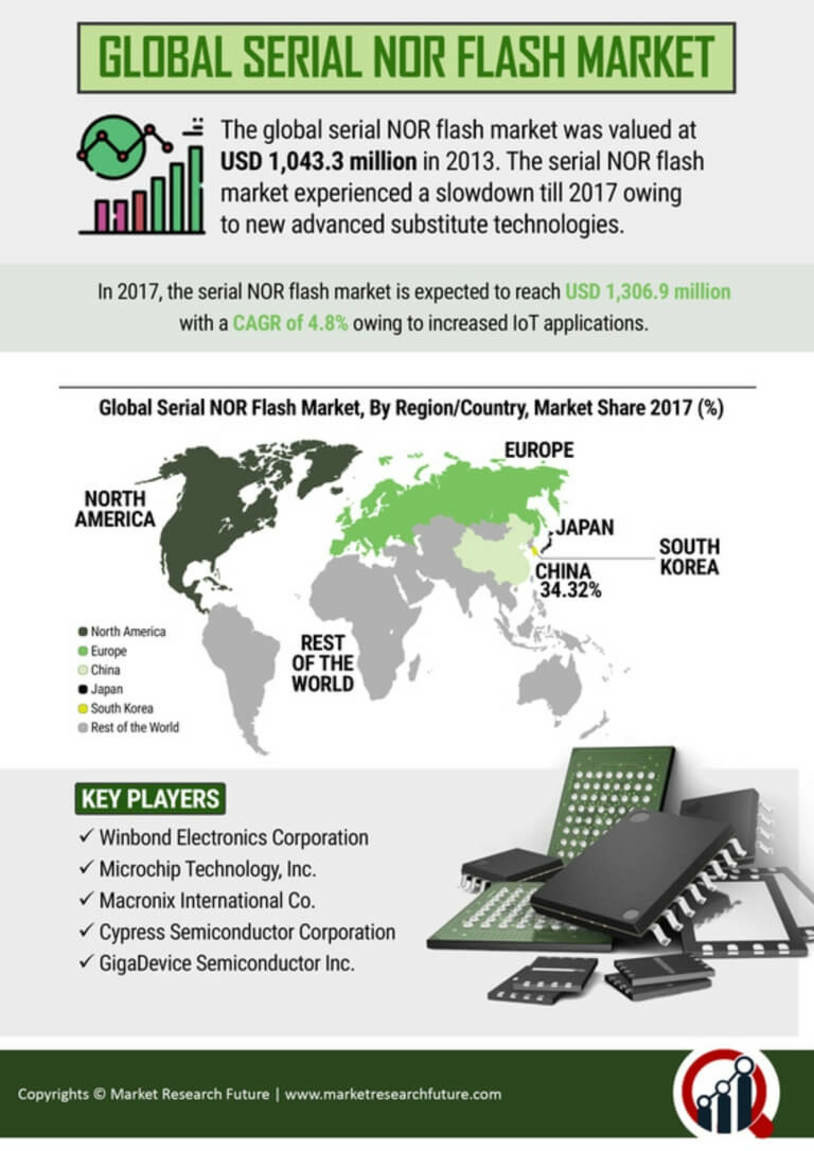
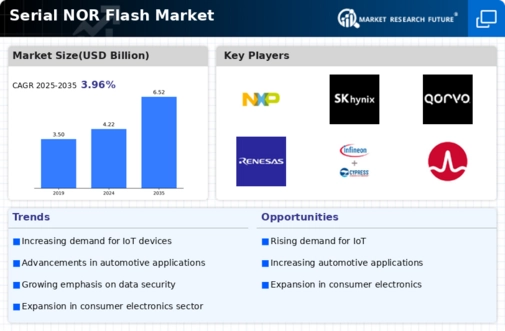
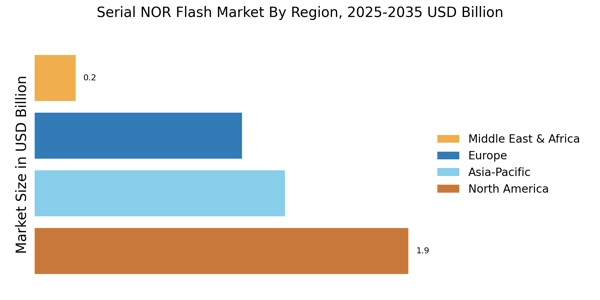
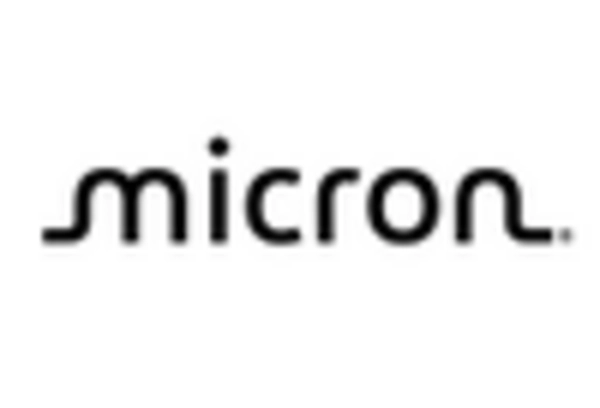

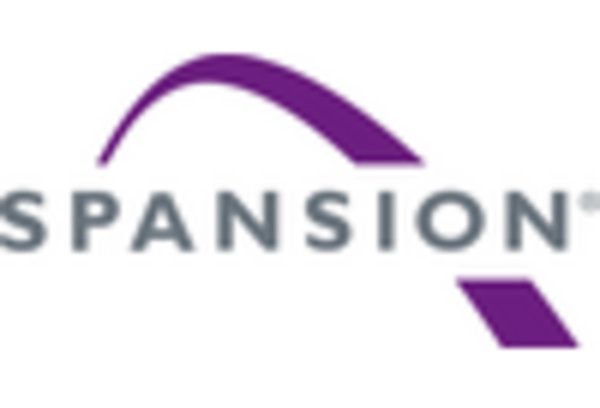
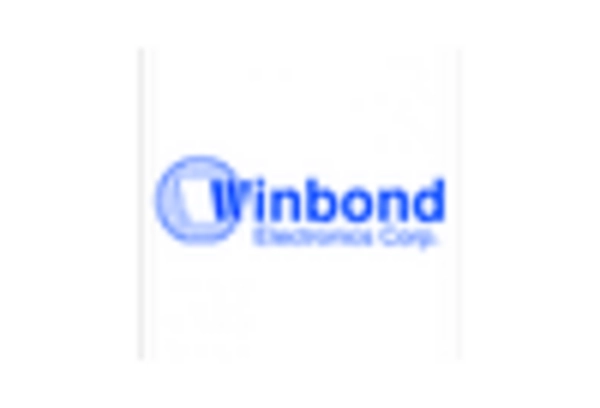








Leave a Comment